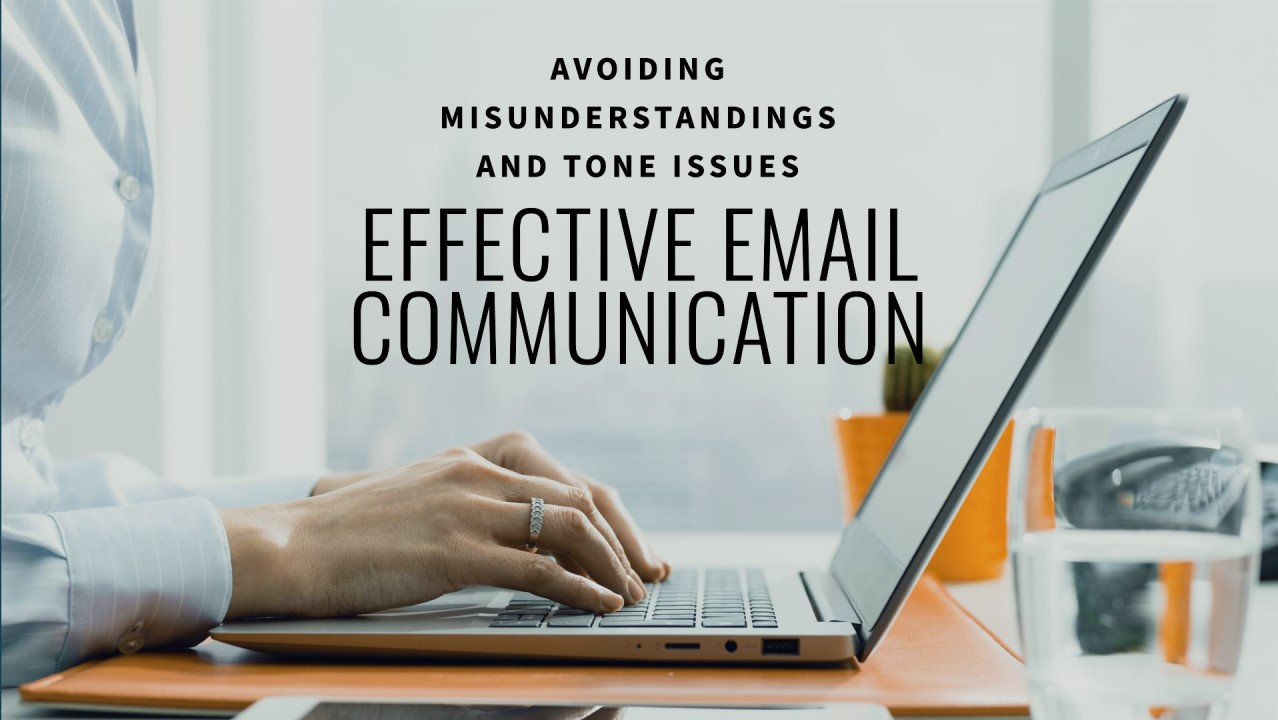
How to Communicate Effectively via Email Avoiding Tone Issues
In today’s digital age, email remains one of the most prevalent forms of communication in the professional world. As a critical player in this landscape, your role in improving email communication is crucial. However, with the rise of instant messaging and social media, many need guidance to convey their messages effectively. Misunderstandings and tone issues plague our inboxes, leading to confusion, frustration, and conflict.
The Digital Dilemma
It’s 8 AM, and you’ve just received an email from a colleague that reads, “We need to talk about your report ASAP.” Your heart skips a beat. What did you do wrong? Did you miss a critical error? The rest of your morning is tainted with anxiety until a follow-up email explains, “Great work on the report! Just a few minor tweaks are needed.” All that stress for nothing.
This scenario highlights a fundamental problem with email communication—it often lacks tone and context. In face-to-face conversations, we rely heavily on body language, facial expressions, and vocal intonations to interpret meaning. Those cues are stripped away with emails, leaving words open to interpretation.
Personal Anecdote
A few years ago, I learned this lesson the hard way. I emailed a client the subject line, “Urgent Feedback Required.” I intended to convey the importance of the feedback, but the client perceived it as aggressive and demanding. They responded defensively, and our professional relationship took a hit. Since then, I’ve been more conscious of my email tone, choosing words more carefully and avoiding phrases that can be easily misinterpreted.
Strategies to Avoid Misunderstandings
- Be Clear and Concise
One of the best ways to avoid misunderstandings is to be clear and concise. If you find yourself typing a novel, take a step back and distill your message. Break down complex information into bullet points or numbered lists. This makes your email more readable and ensures that your key points aren’t lost in a sea of text.
- Use Positive Language
Positive language can significantly impact how your message is received. Instead of saying, “You didn’t complete the task correctly,” try, “Here’s a suggestion to improve the task.” The latter frames your feedback constructively and maintains a positive tone.
- Consider Your Subject Line
Your subject line sets the stage for your email. Make it specific and neutral to avoid setting an unintended tone. Instead of “Urgent Feedback Required,” try “Feedback Requested on Report Draft.” This approach is less likely to trigger anxiety or defensiveness in the recipient.
- Add Context When Necessary
If your message could be interpreted multiple ways, add context to clarify your intent. For instance, “We need to discuss your report” can be softened with, “Great job on the report! We need to discuss a few minor changes.”
- Use Emojis Sparingly
While emojis can help convey tone, they should be used sparingly in professional emails. A well-placed smiley can soften a message, but overuse can undermine your professionalism.
- Proofread for Tone and Ambiguity
Before hitting send, read through your email to check for tone and ambiguity. Try to put yourself in the recipient’s shoes and consider how they might interpret your words. Tools like Grammarly can also help identify potential tone issues.
Addressing Counterarguments
Some might argue that email is inherently impersonal and that misunderstandings are inevitable. While it’s true that email lacks the richness of in-person communication, we can still take steps to mitigate misunderstandings. By being mindful of our language and proactively addressing potential ambiguities, we can make email a more effective communication tool.
Conclusion and Call to Action
Effective email communication is not just about conveying information; it’s about doing so in a way that fosters understanding and collaboration. We can avoid many common pitfalls by being transparent, using positive language, and considering the recipient’s perspective. There’s always room for growth and improvement in our email communication, and this journey can be both rewarding and empowering.
Next time you draft an email, consider your tone and clarity. Your message is more than words on a screen—it’s a reflection of your professionalism and empathy.
What strategies have you found effective for improving email communication? Your insights are valuable and can contribute to our collective learning. Please share your thoughts in the comments below, and let’s keep the conversation going.
Stay connected, stay clear, and be happy emailing!
